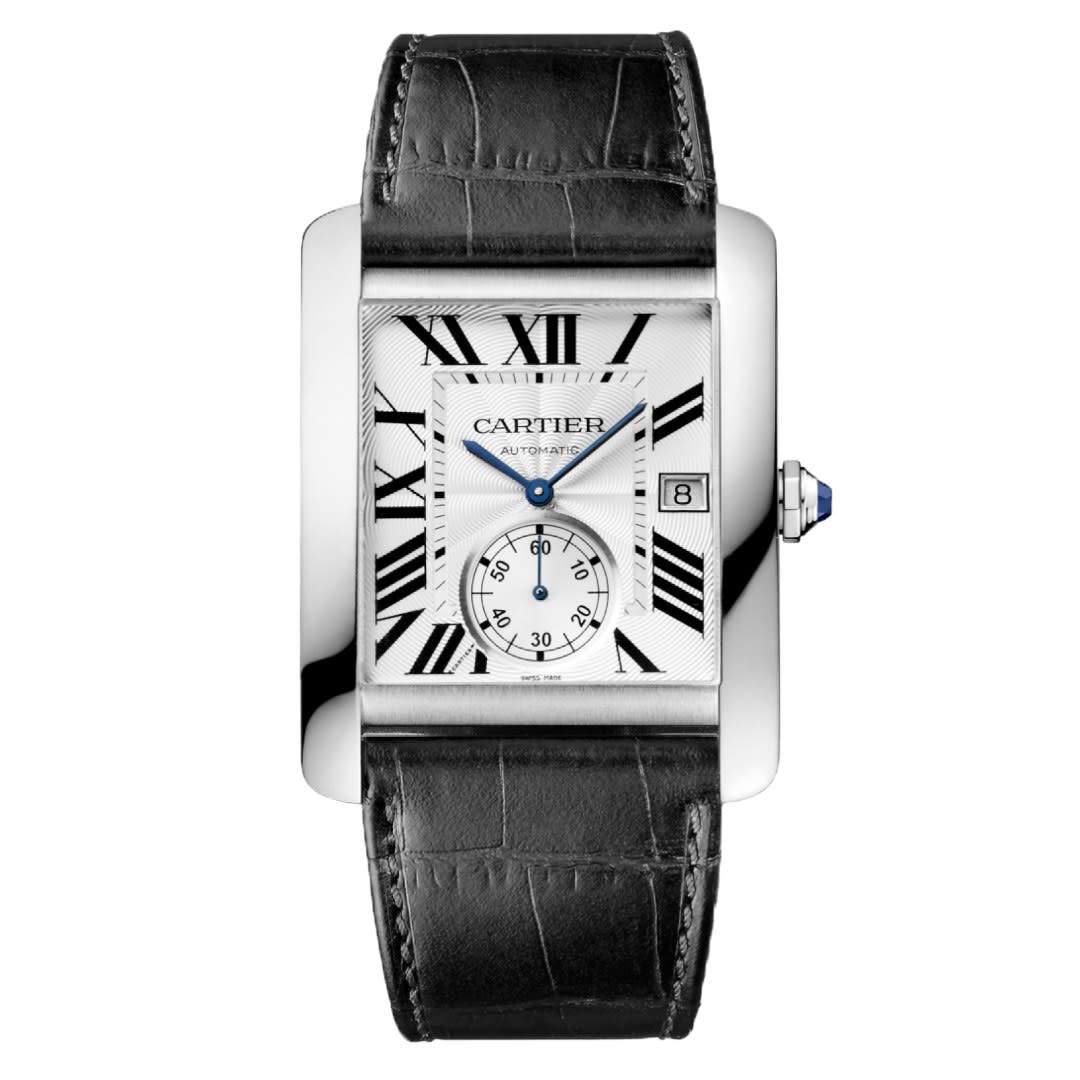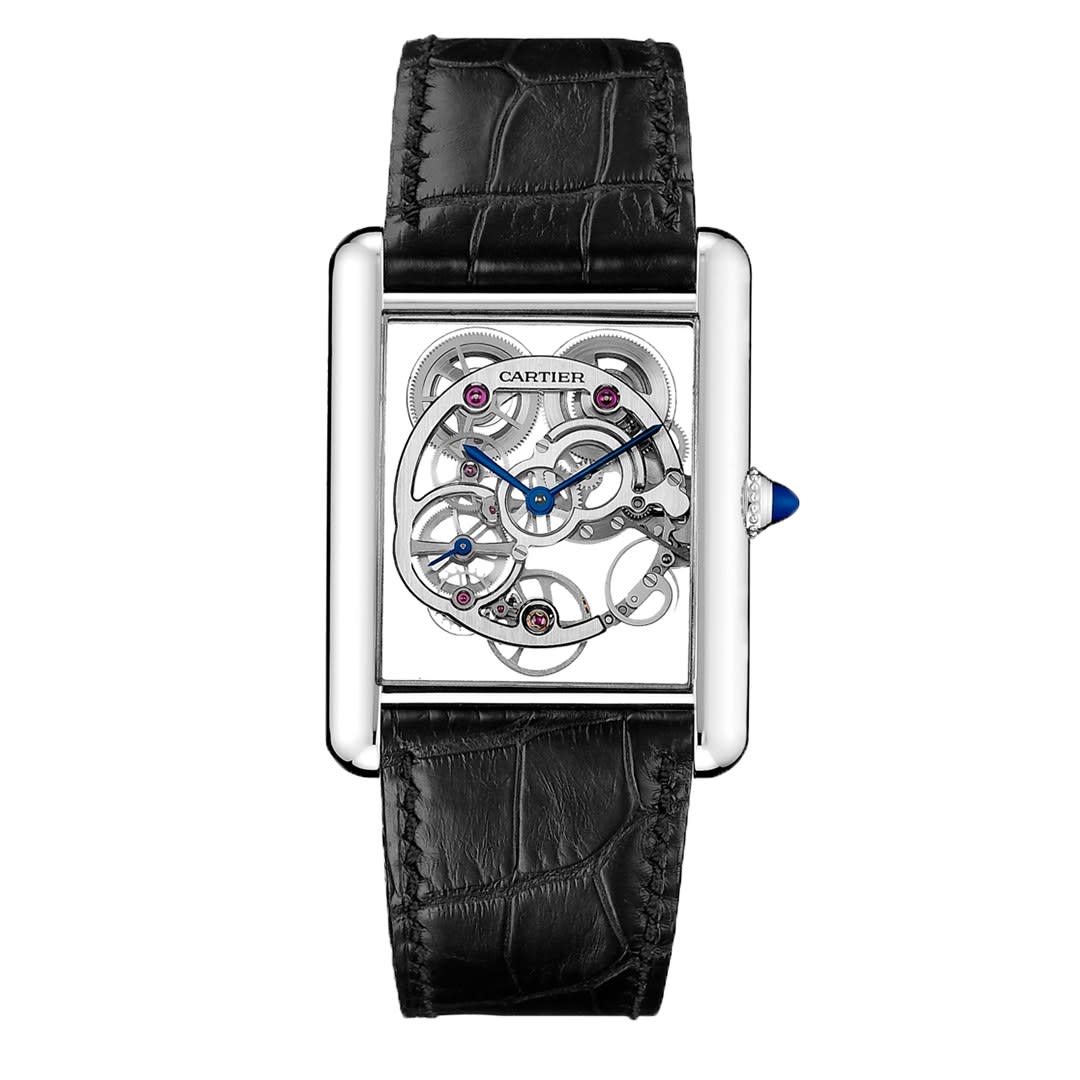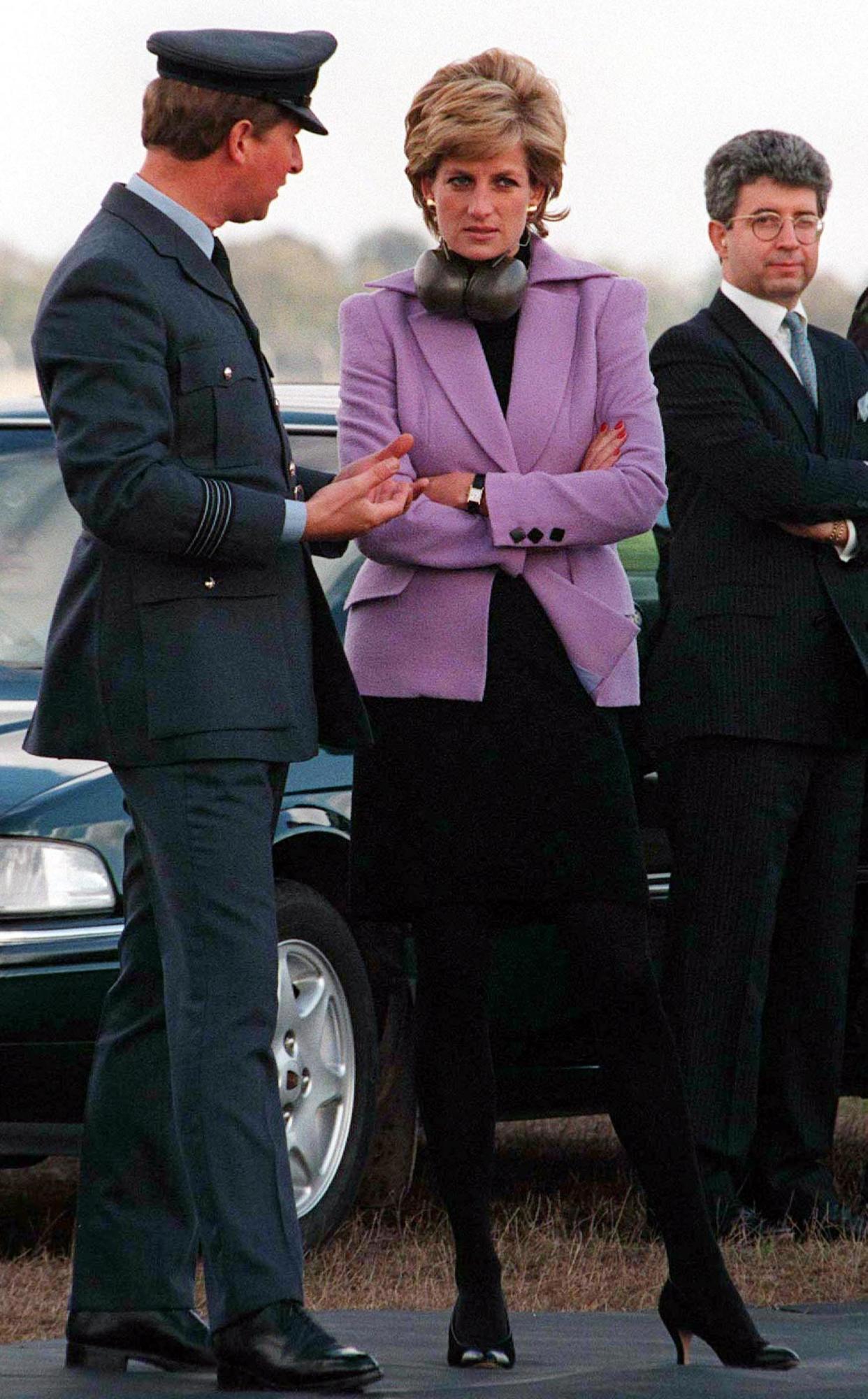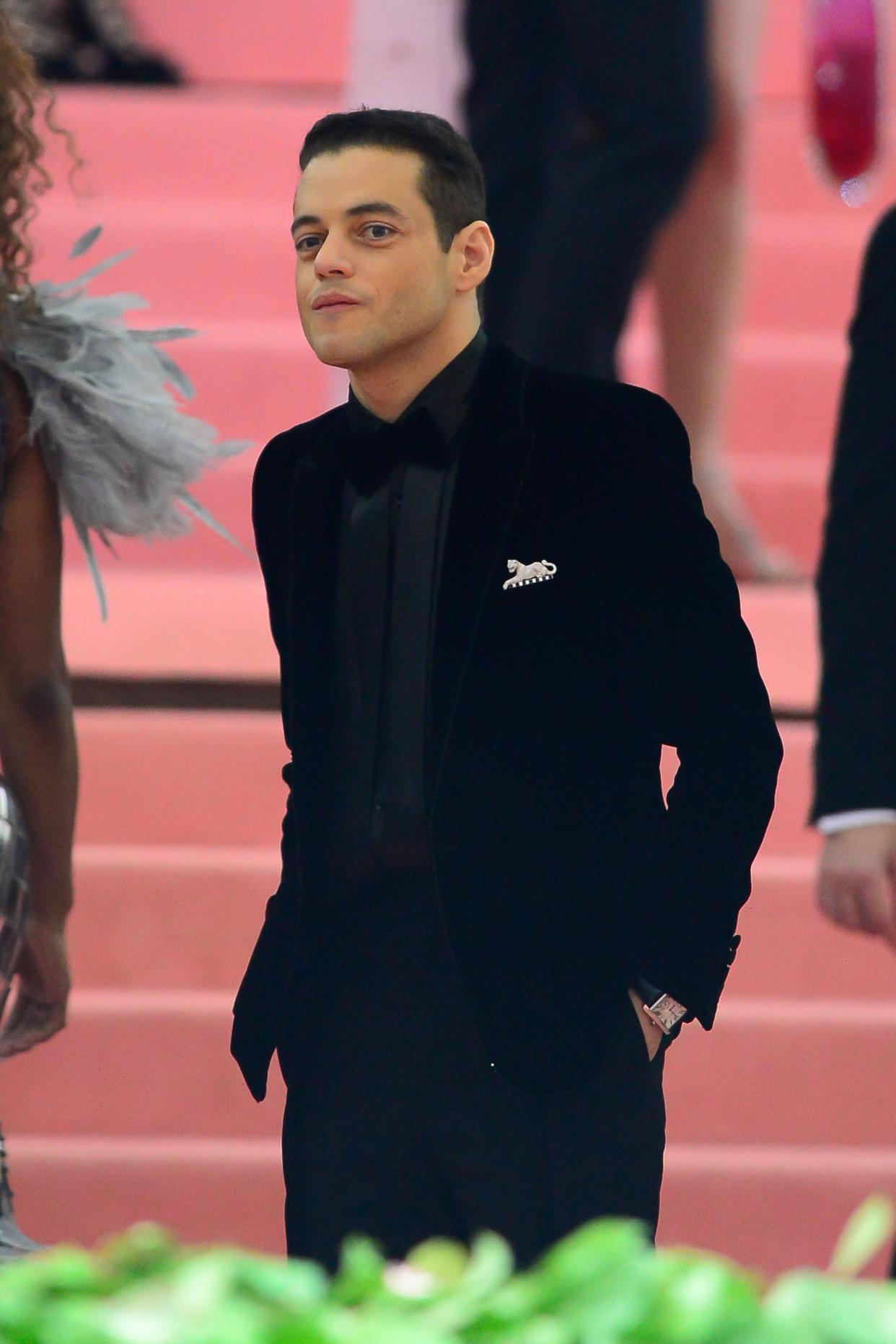Why the Cartier Tank Is Still an Icon 100 Years After Its Launch
Reading about watches can often feel like cracking open a textbook. Browsing—and even buying—means being barraged with inscrutable words and phrases like "tourbillons,” “perpetual calendars,” “minute repeaters,” and so on. So here, we'll be breaking down the meaning, history, and importance of different watch terms. Welcome to GQ's Watch Glossary.
One of the most elegant and refined timepieces in the history of watches was inspired by something no less brutal and built-for-war than a tank. In 1917, as boxy Renault FT-17 tanks crawled battlefields, the grandson of the brand’s founder Louis Cartier designed a watch inspired by an overhead view of the impressive and terrifying new war machines. Cartier sketched a pretty good approximation of the tank the way a bird would see it: a tight square case with lugs that protrude slightly out in all four corners—a nod to the tread on the Renault tanks. And over 100 years later, the watch remains an all-time classic.
Once in production, the very first Cartier Tank was given to American World War I General John Pershing. Some in the watch world see designing a timepiece based on a tank—and then getting it onto the wrist of a general—as savvy marketing by Cartier. In the early 1900s, jangly, bracelet-like wristwatches were considered feminine. But if G.I. Joes taught us anything, it’s that making something war-ready makes it okay for boys to play with. So in 1919, Cartier made all of six Tank watches available to the general public. Production allegedly went up to 33 in 1920 and continued to rise over the rest of the decade.


The rest is history. The watch is an enduring icon of timeless design, as evidenced by the mega-famous people who refused to take the watch off their wrists—sometimes literally. (The silent film star Rudolph Valentino famously refused to take his Tank off while filming 1926’s Son of the Sheik.) The Tank serves its purpose even when it’s not set and wound. “I don’t wear a Tank to tell the time,” Andy Warhol famously said. “In fact, I never wind it. I wear a Tank watch because it’s the watch to wear.” Jacqueline Kennedy wore a Tank; that one was purchased by Kim Kardashian for $379,500 when it went up for auction in 2017. Princess Diana, Truman Capote, Fred Astaire, Gary Cooper, and Clark Gable were also Tank devotees. At the 2019 Met Gala, Rami Malek wore a jumbo-sized version of the watch. It’s touched more famous-people hands than wet cement on Hollywood Boulevard.

Diana At Air Base
Over the years, Cartier has continued to release different versions of its signature model. The Tank Cintrée, a slimmer, more rectangular version of the watch, came out in 1921. It was followed by the Tank Louis Cartier in 1922: a watch with softer edges that’s now the standard for Tanks. Over the next few decades, Cartier experimented with watches that tilted to keep the glass safe while playing sports, or that had large, looping numbers instead of the classic Roman numerals. In 1967, Cartier took its iconic design and warped it into a Dalí-inspired mess and called it the Crash. On the watch’s 100th anniversary, Cartier released a special-edition of the Tank with a skeletonized movement.

The 2019 Met Gala Celebrating Camp: Notes on Fashion - Street Sightings
As much as Cartier fusses with and tries out new edition of its iconic watch, the design that Louis essentially created in 1917 remains the gold standard for Tanks. Those revolutionary Renault tanks, by the way? Those were out of production after 1918. Not all design can survive over a century.
Watch:
John Mayer Explains His Personal Style
Originally Appeared on GQ
